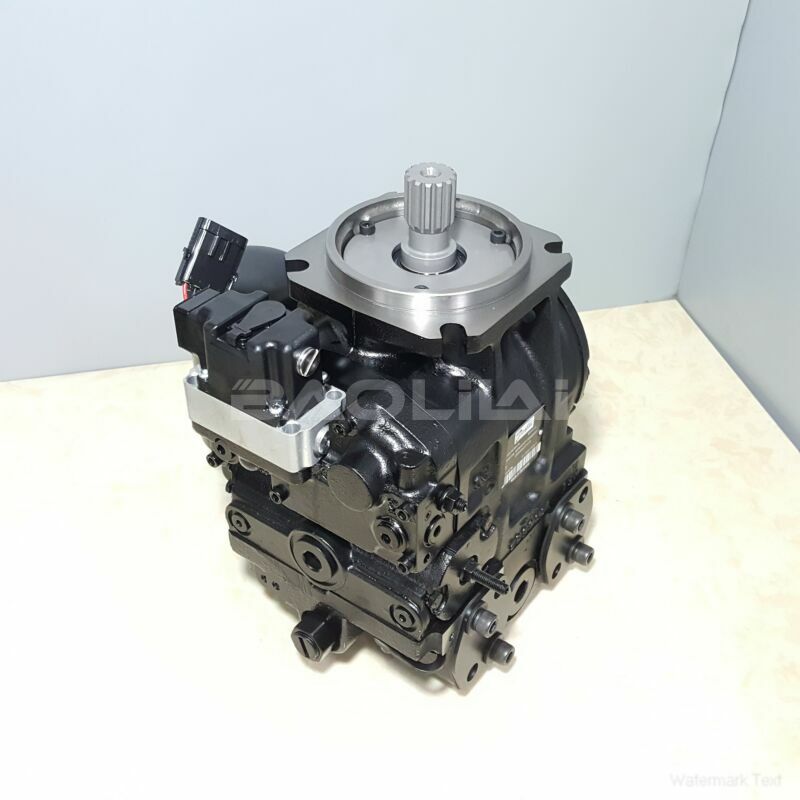90R075KA1BB60S4S1D09GBA353524 piston pump
90R075KA1BB60S4S1D09GBA353524 piston pump

- Product Details
- Applicable Scene
The hydraulic pump is a crucial component in various industrial applications, ranging from automotive systems to heavy machinery. Effective sealing technology is vital in ensuring the efficiency, longevity, and reliability of hydraulic pumps. As the demand for improved performance and durability increases, innovative materials for sealing applications have emerged as a key area of research and development.
90R075-KA-1-BB-60-S-4-S1-D-09-GBA-35-35-24
90R075KA1BB60S4S1D09GBA353524
One of the primary challenges in hydraulic pump sealing is the need to withstand high pressures and temperatures while resisting wear and chemical degradation. Traditional sealing materials, such as rubber and elastomers, have limitations when it comes to performance under extreme conditions. Consequently, engineers and manufacturers have been exploring advanced materials that can enhance sealing capabilities.

83005728
One of the most promising advancements is the use of fluoropolymer-based materials. Fluoropolymers, known for their excellent chemical resistance, high-temperature tolerance, and low-friction properties, are increasingly being utilized in hydraulic pump seals. These materials enable hydraulic systems to operate more efficiently, reducing energy loss and wear on the components.
Another innovative material gaining traction is polyurethane. Polyurethanes combine elasticity with durability, making them suitable for dynamic sealing applications. They outperform traditional rubber seals in many scenarios, offering better resilience against abrasion, tear resistance, and low-temperature flexibility. This versatile material can be formulated to meet specific application needs, providing tailor-made solutions for different hydraulic systems.
Additionally, the introduction of composite materials is revolutionizing hydraulic pump sealing technology. These composites often combine the benefits of various materials, such as thermoplastics, metals, and fibers, resulting in seals that exhibit superior mechanical strength, thermal stability, and reduced leakage. Such advancements not only improve the sealing performance but also reduce maintenance costs and downtime for hydraulic systems.





